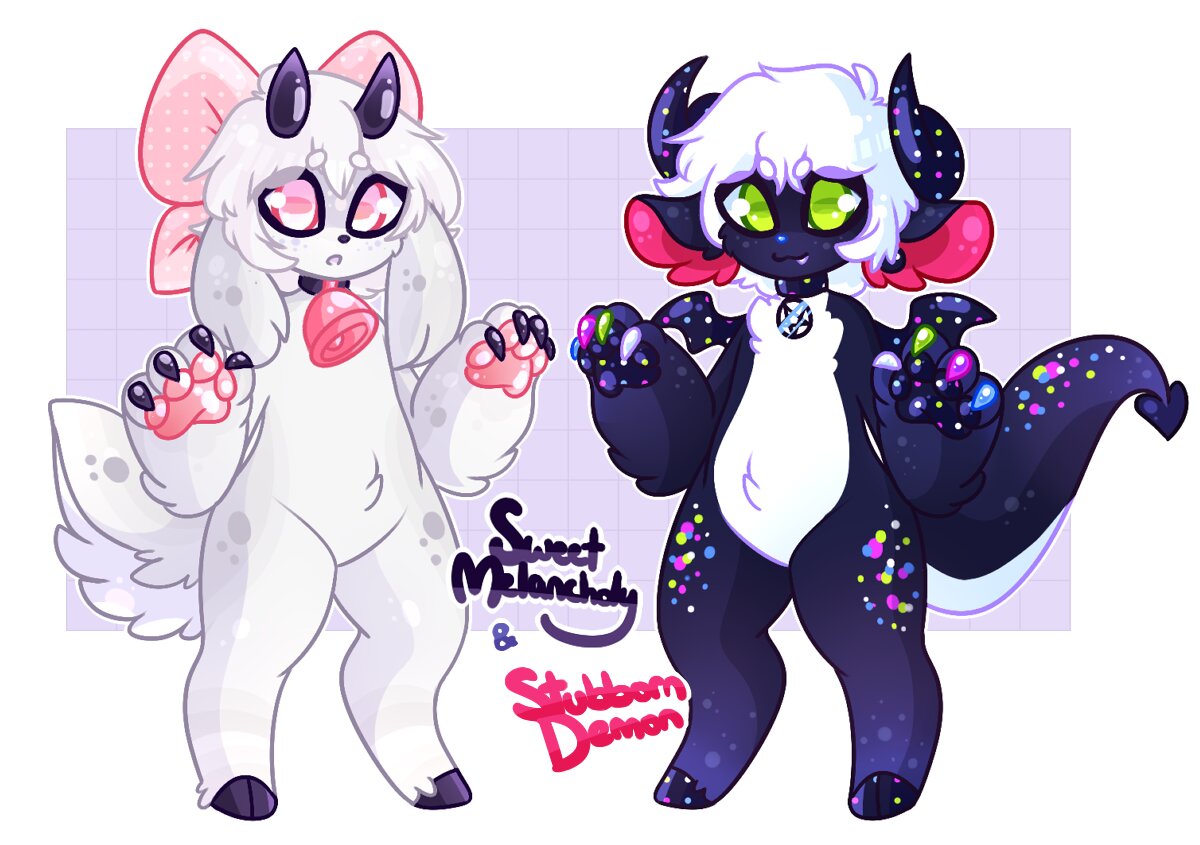Discovering the Magic of Kemono: What Are They?

In the ever-evolving landscape of pop culture and artistic expression, a term that has been gaining recognition and fascination is “Kemono.” This enigmatic concept, rooted in Japanese culture, has sparked curiosity among enthusiasts worldwide. But what exactly are Kemono, and why are they so captivating? In this article, we will embark on a journey to uncover the magic of Kemono, delving into their origins, characteristics, and the appeal that makes them a unique and intriguing cultural phenomenon.
What Are Kemono?
Kemono, derived from the Japanese word “けもの” (獣)、 translates to “beast” or “animal.” At its core, Kemono refers to anthropomorphic characters, blending human and animal traits into a harmonious amalgamation. These characters often possess a charming, playful, or whimsical appearance, making them instantly recognizable and endearing to many.
Origins of Kemono: A Glimpse into Japanese Culture
To understand the allure of Kemono, it’s essential to explore their roots in Japanese culture. The fascination with anthropomorphic beings can be traced back to ancient folklore, where animals were often revered and given human characteristics. Legends of shape-shifting kitsune (foxes), tanuki (raccoon dogs), and other creatures that could take on human forms have deep cultural significance.
Moreover, the concept of Kemon has thrived in Japanese art and literature for centuries. Traditional woodblock prints, such as those by Utagawa Kuniyoshi, featured anthropomorphic figures as central subjects, captivating viewers with their vibrant depictions of half-human, half-beast characters. These artistic influences laid the foundation for the modern Kemon phenomenon.
Characteristics of Kemono
Kemon characters are characterized by distinct features that set them apart from other anthropomorphic representations. Here are some key attributes that define them:
- Cuteness and Playfulness: Kemono often exude an irresistible cuteness, combining the charm of animals with human-like expressions and gestures. This endearing quality makes them incredibly appealing to a broad audience.
- Hybrid Anatomy: Kemon characters typically possess a unique blend of human and animal traits. They may have animal ears, tails, paws, or even full animal heads while maintaining a predominantly human appearance.
- Diverse Species: Kemono characters can represent a wide range of animal species, from common household pets like cats and dogs to mythical creatures like dragons and griffins. This diversity allows for endless creative possibilities.
- Artistic Freedom: Artists and creators often take creative liberties when designing Kemono characters, resulting in a rich tapestry of unique and imaginative beings. This freedom of expression is a driving force behind the appeal of Kemono.
The Appeal of Kemono
What makes Kemono so enchanting, and why have they garnered a dedicated following? Here are some factors that contribute to their appeal:
- Aesthetic Pleasure: The charming aesthetics of Kemon characters can bring joy and delight to viewers. Their adorable and whimsical designs often evoke a sense of wonder and nostalgia.
- Expressive Storytelling: Kemono characters offer a versatile canvas for storytelling. Creators can use them to explore themes of identity, belonging, and the relationship between humanity and nature.
- Inclusivity: Kemono transcends cultural boundaries, making it accessible and relatable to a global audience. This inclusivity fosters a sense of community among enthusiasts from different backgrounds.
- Online Communities: The internet has played a significant role in fostering Kemon fandoms. Online platforms, social media, and fan art communities provide spaces for fans to share their love for these characters and connect with like-minded individuals.
- Adaptability: Kemon characters have found their way into various forms of media, including anime, manga, video games, and merchandise. Their adaptability allows them to thrive in diverse creative realms.
FAQs About Kemono
To shed further light on the world of Kemon, let’s explore some frequently asked questions:
1. Are Kemono characters exclusive to Japan?
No, Kemon characters have gained popularity worldwide. While they have deep roots in Japanese culture, their appeal transcends borders, attracting fans and artists from diverse backgrounds.
2.Can anyone create Kemono characters?
Yes, anyone with a creative inclination can design and create Kemon characters. There are no strict rules, allowing for artistic freedom and personal interpretation.
3.What’s the difference between Kemono and other anthropomorphic characters?
While Kemon characters share similarities with other anthropomorphic beings, such as furries, they often have a distinct Japanese aesthetic and cultural influence. Additionally, Kemon characters are characterized by their unique blend of human and animal traits.
4.Can Kemono characters convey deep themes and messages?
Yes, Kemon characters can be used to explore complex themes, including identity, diversity, and the relationship between humanity and the natural world. Creators often infuse depth and meaning into their Kemon creations.
Conclusion:
In the world of pop culture and artistic expression, Kemono characters stand as a testament to the enduring fascination with anthropomorphic beings. Rooted in Japanese culture and nurtured by the creative minds of artists and enthusiasts worldwide, Kemon characters captivate with their irresistible charm and limitless potential for storytelling. As they continue to evolve and thrive, Kemon characters invite us to embrace the magic of imagination and cultural exploration, transcending boundaries and forging connections in an ever-expanding global community of fans.



